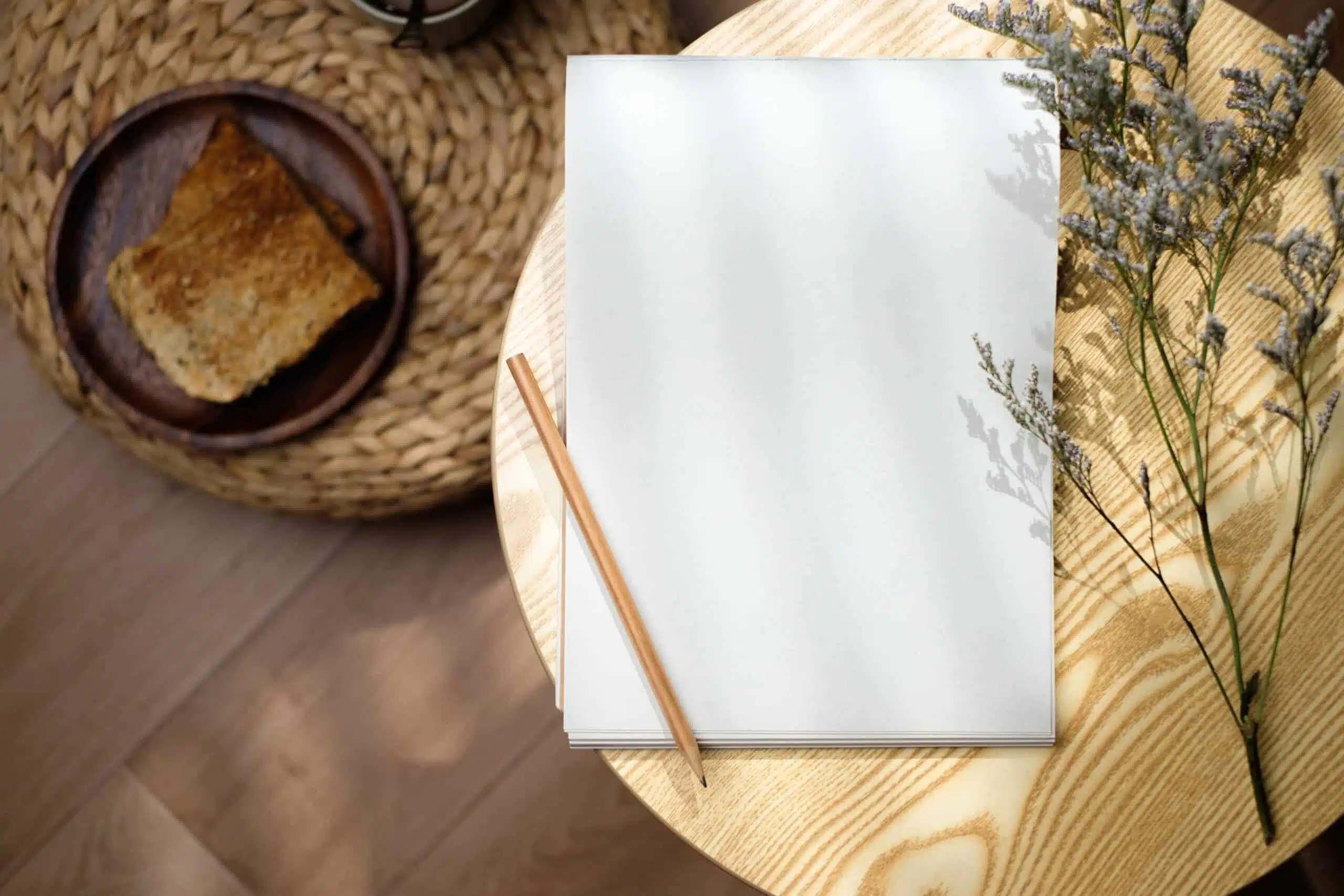Here’s what the Shadorma poetry form is:
The shadorma is a poem written as a sestet with a 3/3/5/3/7/5 syllable structure.
It is supposedly an old Spanish form, though I’ve yet to see any hard evidence of its origins.
Nor has anyone else, judging from the sources available.
It’s more likely to be a modern response to the haiku’s popularity.
So if you want to learn all about the Shadorma poetry type, then you’ve come to the right place.
Let’s get to it!

Forms of Poetry: Shadorma

The shadorma is supposedly a Spanish verse form consisting of just six lines. Supposedly.
In reality, it’s nearly impossible to find a source confirming the origins of the poem form.
And it doesn’t match any of the trademarks normally associated with the poetry of Spain or even the popular poems of the Spanish-speaking world at large.
In any case, the shadorma only seems to be based on syllable counts.
I’ve seen speculations that it may have emerged as a response to the popularity of the haiku, and I’m inclined to agree.
The claim perpetuated is that it has been “rediscovered” from old Spanish forms but the word “shadorma” doesn’t sound even vaguely Spanish, nor are there any well-known records of such a form existing before the modern era.
Regardless of its dubious beginnings which could’ve been anything from a poorly documented rediscovery of some old Spanish form to a brief prank on an online forum, with the latter being more likely, the form has taken on a life of its own and is used frequently in writing workshops as an exercise for both new and experienced poets.
Basic Properties of the Shadorma

| Rhyme Structure | Optional |
| Meter | None |
| Origin | Supposedly Spain, but probably the internet |
| Popularity | Has seen scattered use since its sudden appearance |
| Theme | Varies |
How Is the Shadorma Structured?

The shadorma is a sestet with a syllable structure of 3/5/3/3/7/5. Eagle-eyed poets will immediately notice that it’s just a haiku with a few extra three-syllable lines added to it.
You could potentially chain multiple shadormas together as desired, but the “tradition” (and I use that term very loosely) is usually for the sestet to stand alone.
This would normally be the part where I tell you all about the intricacies of the meter, techniques, or thematic expectations, but there are none.
That pattern of syllables is the only widely accepted rule of the shadorma, which is what makes it so incredibly appealing to inexperienced poets.
If you know anyone who writes cutesy little 5-7-5 poems on their Instagram that have nothing to do with nature or the seasons and calls them haikus, then you should introduce them to the shadorma.
They’re sure to love it.
Feel free to claim that it’s an “old Spanish form that was recently rediscovered” while you’re at it.
Jokes aside, of which I have many, it is entirely possible to write a cohesive and beautiful poem using just these simple rules.
Example of a Shadorma

By daybreak
my eyes bleed buckets
of hot tears,
searing me,
because her hand was mine once,
just to be stolen.
The above poem is a simple straight-to-the-point take on the shadorma.
With short poems, crisp imagery and immediate impact are key.
There’s no time for some exhaustive windup or gradual introduction of characters and their traits.
Only one moment and one image will usually fit, so you have to make it count.
At 26 syllables, the shadorma is one of the shortest forms I’ve covered, so the advice is especially relevant in this instance.
If it required meter or rhyme then it wouldn’t be nearly as charming, since that would inevitably bring the difficulty and reach far beyond the casual level.
Tips for Writing a Shadorma

While the shadorma doesn’t mandate seasonal words or cutting words as the traditional haiku does, there are nonetheless a variety of topics that just won’t work.
If you start writing a shadorma and find that you’re consistently running out of room for the details of the poem, it might be time to stop and ask yourself if this is really the best format for what you want to say.
Specifically, the form functions best as a snapshot.
One exact and brutally vivid portrait of a moment in time or some thought or feeling is portrayed through strong word choices and emotive language.
Pay special attention to the verbs and nouns you use.
Are there places where you could have used more impactful and substantial words?
Since the poem as a whole has so few words in it, you should take the extra moment to reexamine your word choices and ask if you’ve really squeezed all the feeling you can out of them.
“Broken” glass isn’t the same, emotionally, as shattered glass.
A “man” doesn’t have the same presence as a father.
There’s a big difference between “walking” past an ex-lover and skipping past an ex-lover.
Stop at every individual word or phrase and ask yourself if there was another option that hits harder.
Also, feel free to extend the rules and write a reversed shadorma, chained shadorma, longer or shorter shadorma variant, etc.
If anyone challenges your authority to invent a new take on the shadorma, ask them to show you where the poem form was originally “discovered.”
Poet’s Note

If you think I’m being too suspicious of the form, allow me to draw your attention to the Wikipedia article about this form.
Even a source with countless contributors and global reach is only able to say that the shadorma is “alleged” to be from Spain.
Keep in mind that Wikipedia has such a dedicated user base that the article about gorgonzola, a type of cheese that I chose at random to prove my point, has no less than nine sources listed, complete with hyperlinks.
Comprehensive Collection of Poetry Forms: Craft Words Into Art

Dare to traverse the entire spectrum of poetic forms, from the commonplace to the extraordinary?
Venture from the quintessential Sonnet to the elusive Mistress Bradstreet stanza, right through to the daunting complexity of Cro Cumaisc Etir Casbairdni Ocus Lethrannaigecht.
For those with a zeal to encounter the full breadth of poetry’s forms, this invitation is yours.
Start exploring the vast universe of poetic ingenuity with our comprehensive array of poetry forms right now!
